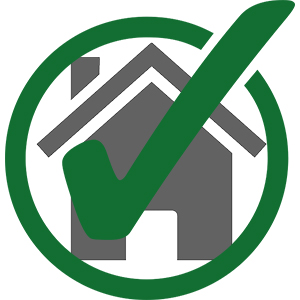What is a Tornado?
A tornado is a violently rotating column of air extending from a thunderstorm to the ground. Wind speeds can exceed 250 mph. Damage paths can exceed a mile in width and 50 miles in length.
The peak tornado season for the southern Plains (Texas, Oklahoma, and Kansas) is typically from May into June. On the Gulf coast, it's earlier in the spring. In the northern Plains and upper Midwest (North and South Dakota, Nebraska, Iowa, and Minnesota), it's in June or July.
There are generally two types of tornado alerts:
WATCH - means a tornado is possible in your area.
WARNING - means a tornado has been sighted and may be headed for your area.
What to Do Before a Tornado
Plan ahead. Create your disaster plan which includes determining your escape routes, supplies, communication, and securing your home's structure.
Download FEMA's App
Receive real-time alerts
Learn safety tips
Locate shelters

When Tornado Watches Are Issued
Be alert. Listen to local media outlets for further updates. Be alert to changing weather conditions such as blowing debris.
Prepare your home. Prepare to bring inside any lawn furniture, outdoor decorations or ornaments, trash cans, hanging plants, and anything else that can be picked up by the wind.
Gather supplies. Complete your disaster supply kit.

When Tornado Warnings Are Issued
Finish preparations. Listen to the advice of local officials, and leave if necessary.
Find enclosed shelter. If you are inside, go to the lowest, innermost level of the building, a hallway, or stand under a door frame. Avoid windows and places where heavy objects could fall on you. If you are outside, hurry to a nearby sturdy building. Avoid trees. If you are in a vehicle, get out and head for safety.
Crouch. If you are unable to find enclosed shelter, crouch down in a ball-like position with your head tucked and hands over your ears so that you are down low with minimal contact with the ground.

